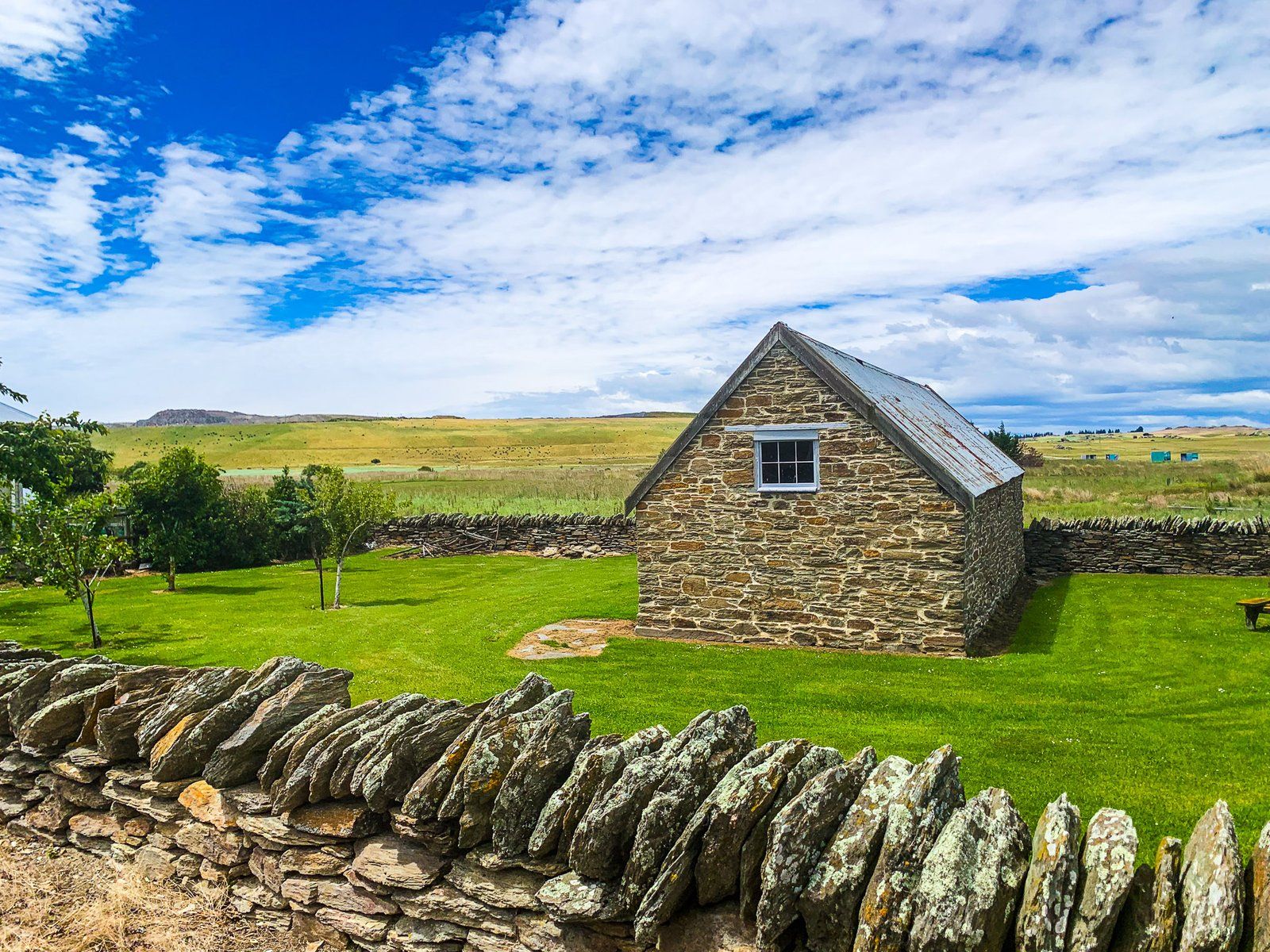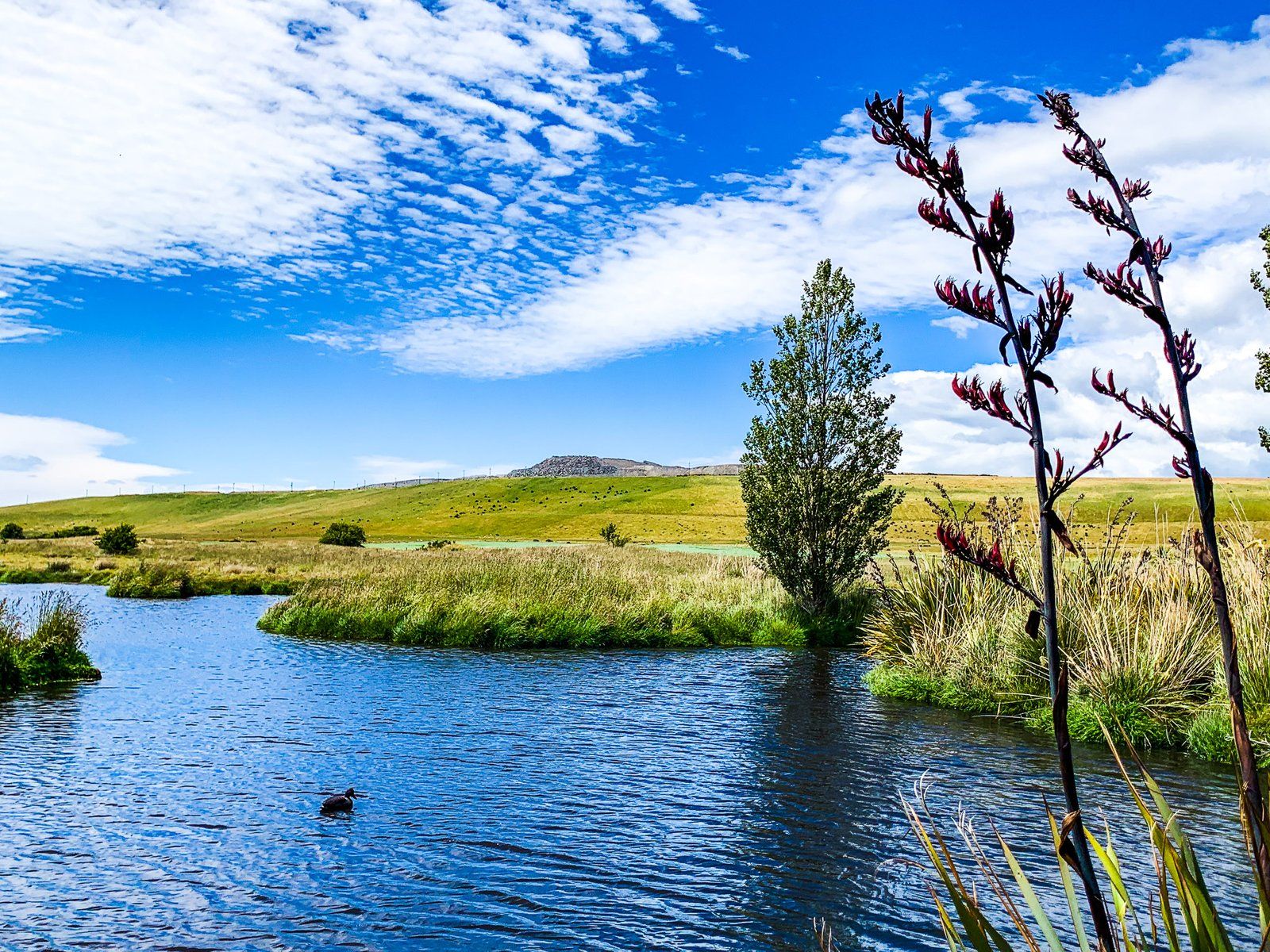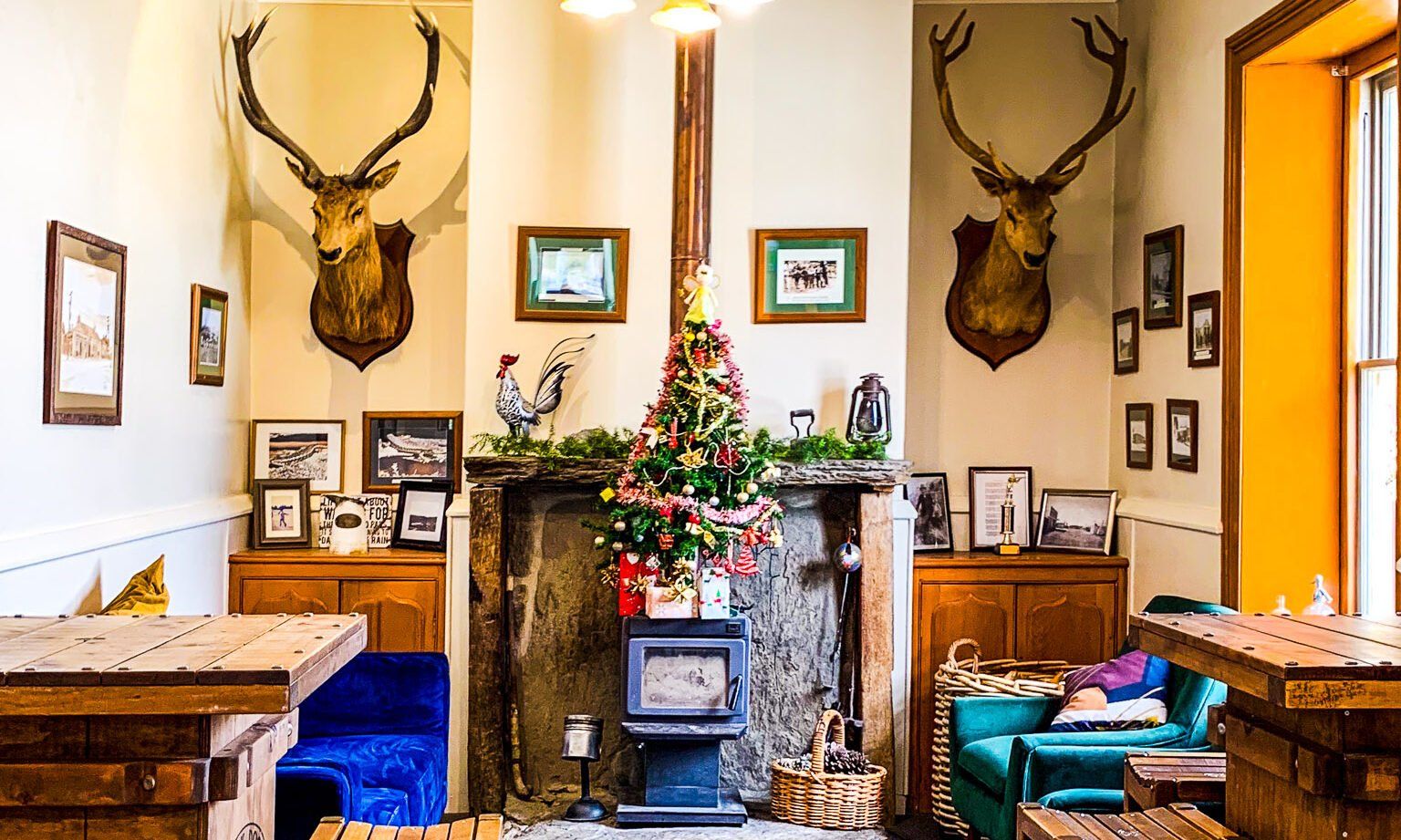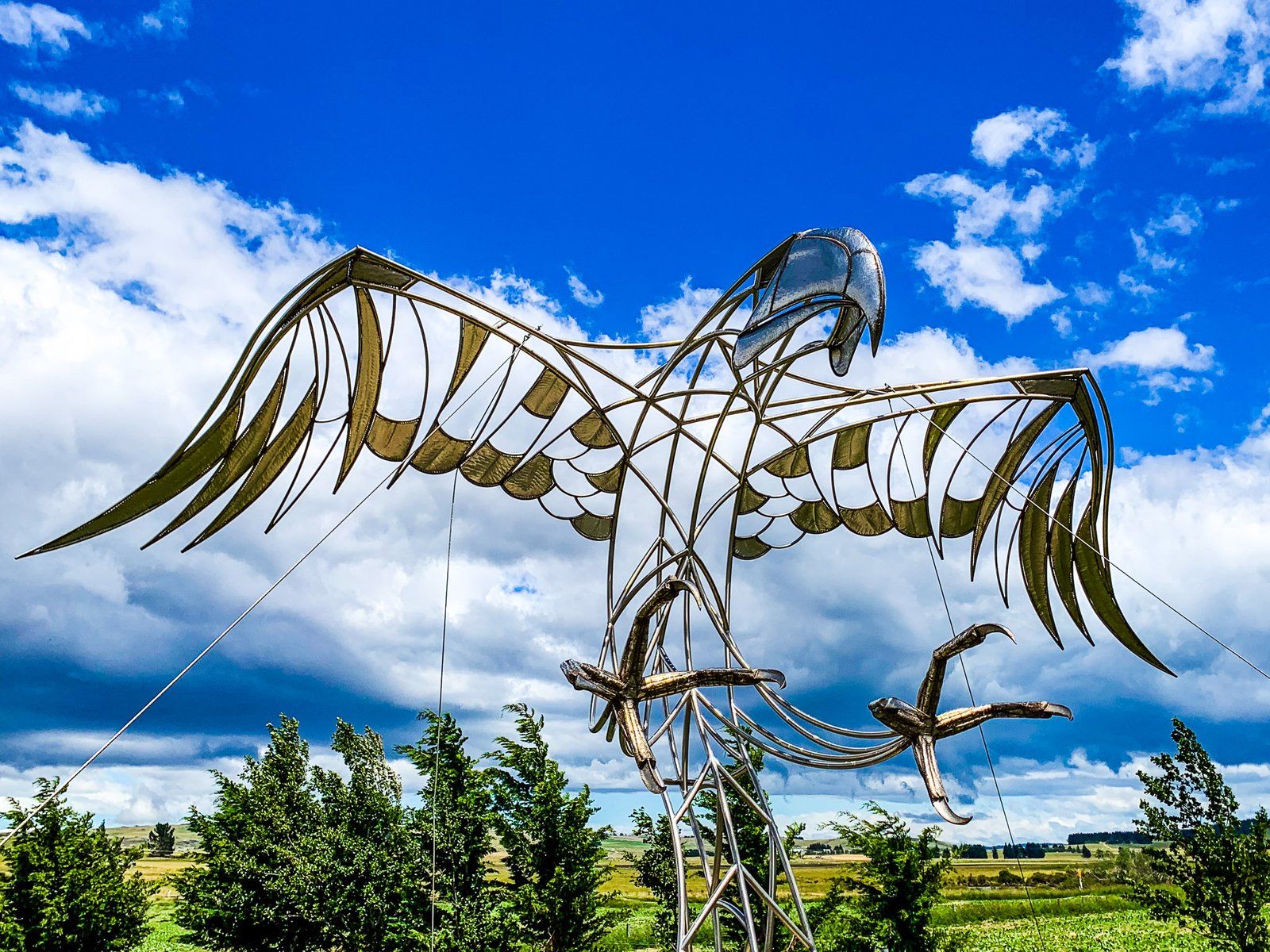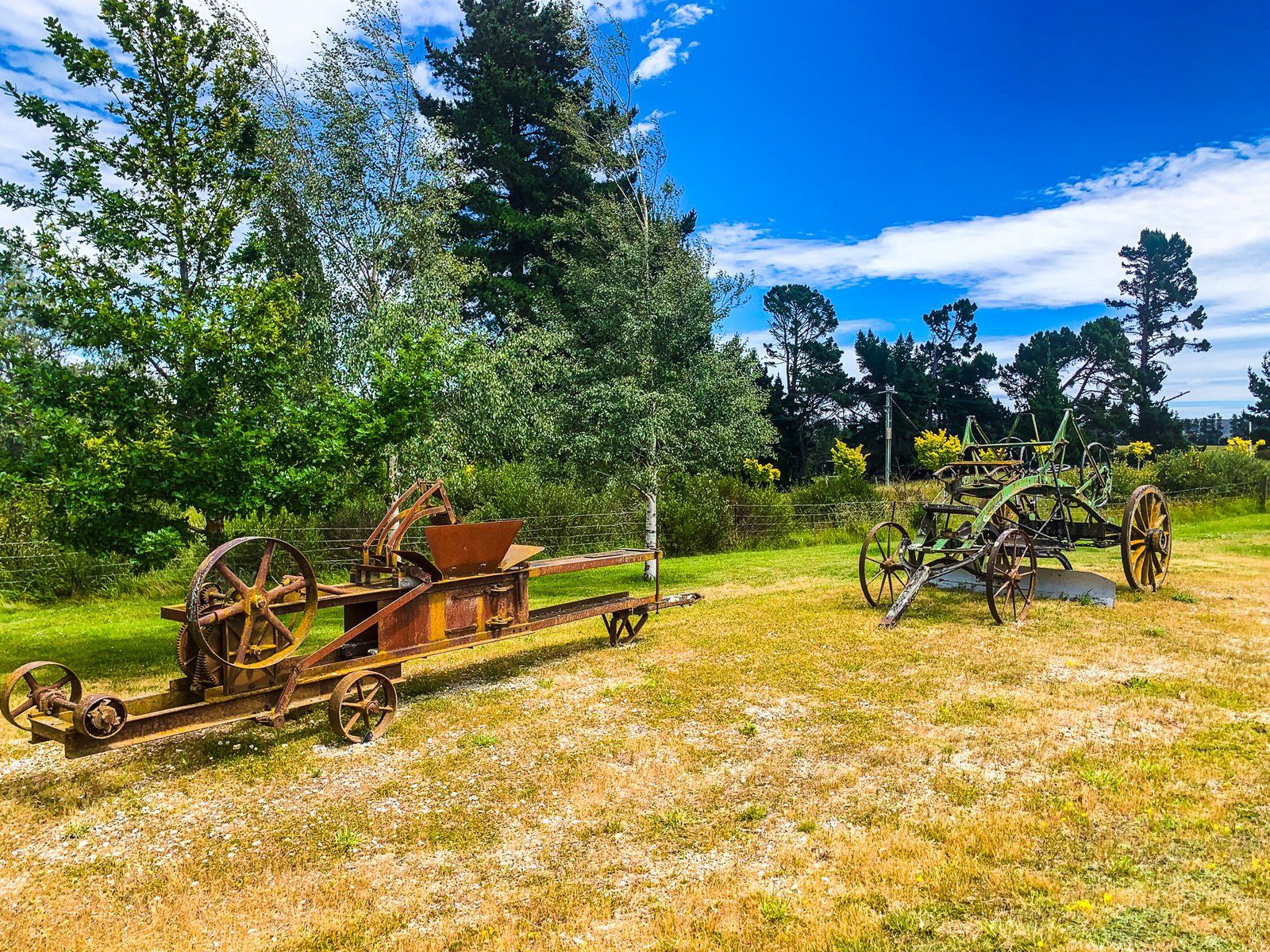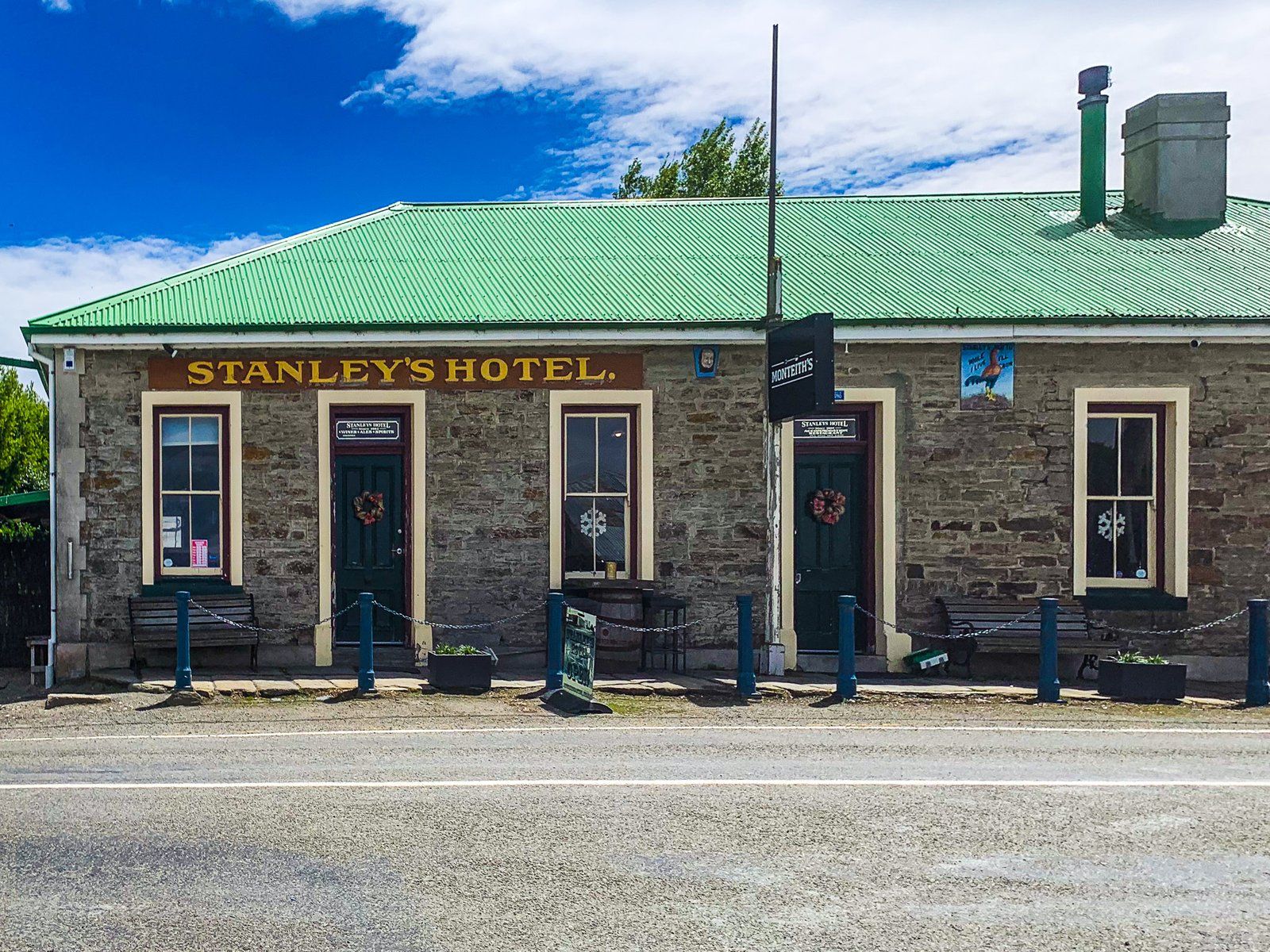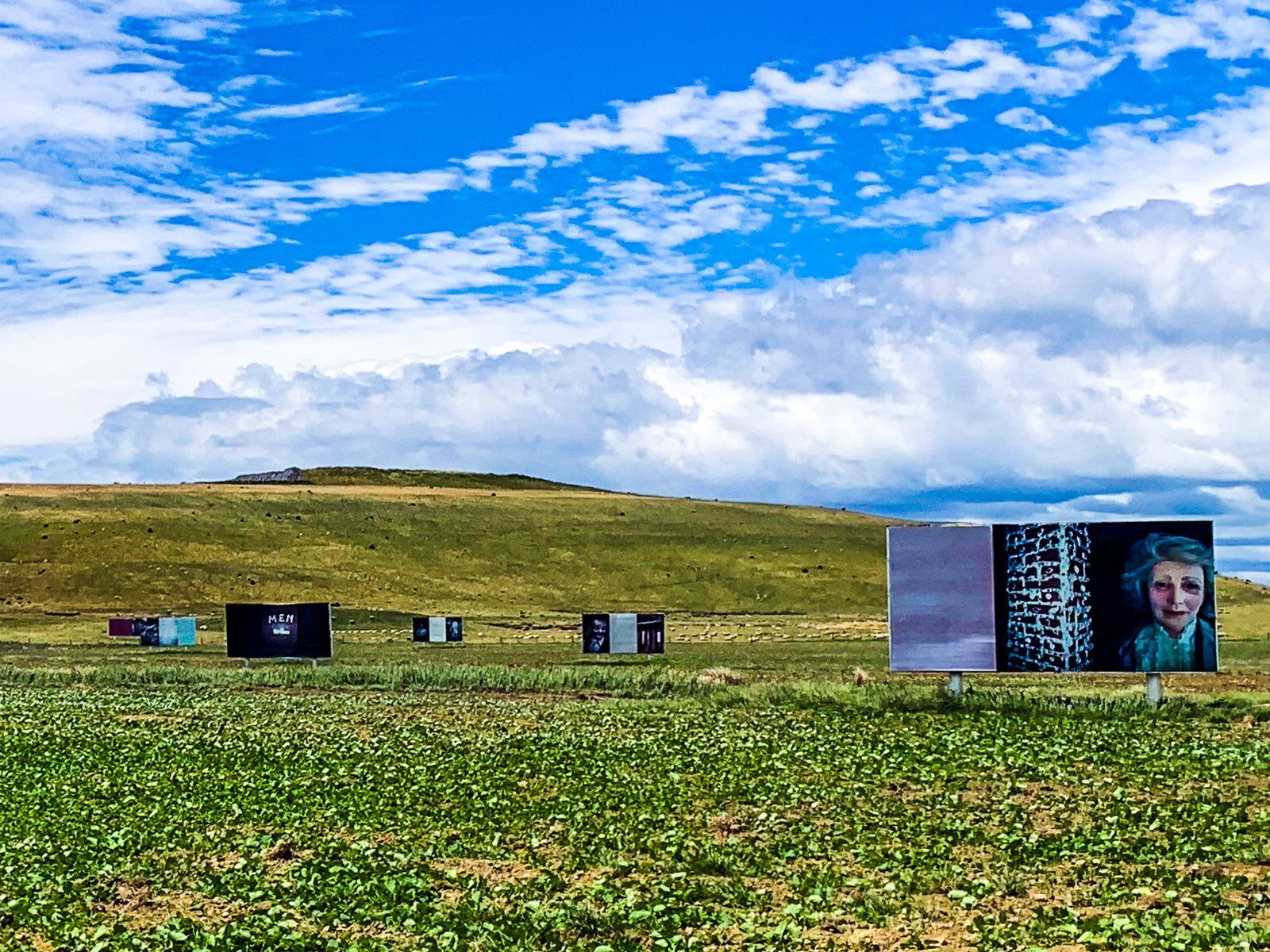Discovering Macraes
Macraes, a small town in the Waitaki district of Central Otago, is steeped in a rich gold mining history that continues to this day. Originally named Macraes Flat after a local shepherd, John McRae, the town's fortunes changed with the discovery of gold by prospector James Crombie in Deepdell Creek in 1862. By 1865, Macraes had grown to host 25 businesses and a population of 500. Hard rock gold mining soon followed near Golden Point, and the nearby Macraes Goldmine remains operational today.
Historical Echoes of Chinese Miners
Following the initial gold rush, Chinese miners continued to work in the area after many others had departed. Between 100 and 300 Chinese miners lived in a settlement known as the "upper township." While most resided in basic huts, similar to those at the Chinese miner memorial in Arrowtown, the more substantial Louis Gay Tan house is the only surviving Chinese miner residence in Macraes. Louis Gay Tan was a notable merchant and interpreter, embodying the gold rush adage that selling shovels could be more profitable than mining.
Modern Macraes: Art and History
Today, Macraes is a small community with several historical buildings, including a local hotel. The modern goldmine has funded various amenities, allowing the town to embrace creativity. Visitors can enjoy outdoor sculptures and artworks, a collection of vintage farm machinery near the historic cemetery, and a restored wetland opposite the hotel.
The wetlands in Macraes are part of the headwaters of the north branch of the Waikouaiti River. These wetlands provide habitats for various insects and birds and feature a 30-minute walking track with informative panels. Along the walk, visitors can admire numerous artworks, including a striking modernist rendition of the extinct giant Haast Eagle.
Getting to Macraes
Macraes is accessible via Macraes Road, which connects to State Highway 87 in the Shag Valley, north of Dunback, and to State Highway 85 in the Strath Taieri Plain near Hyde, north of Middlemarch. This location makes it an interesting stop for those exploring the historical and natural attractions of Central Otago.
Nearby, visitors can also explore the charming town of Middlemarch, the high romantically named Moonlight Road and the scenic landscapes of the Strath Taieri Plain.
